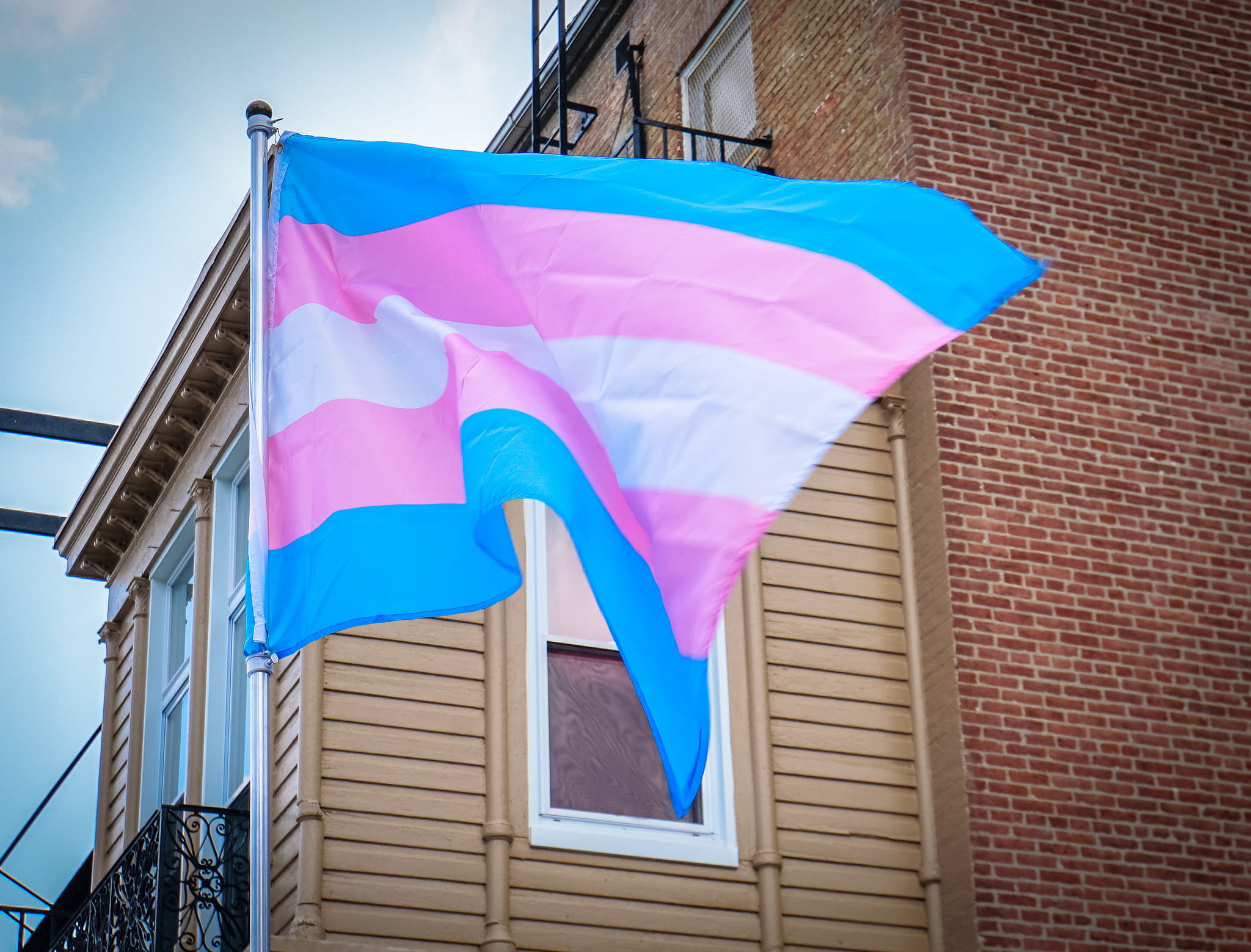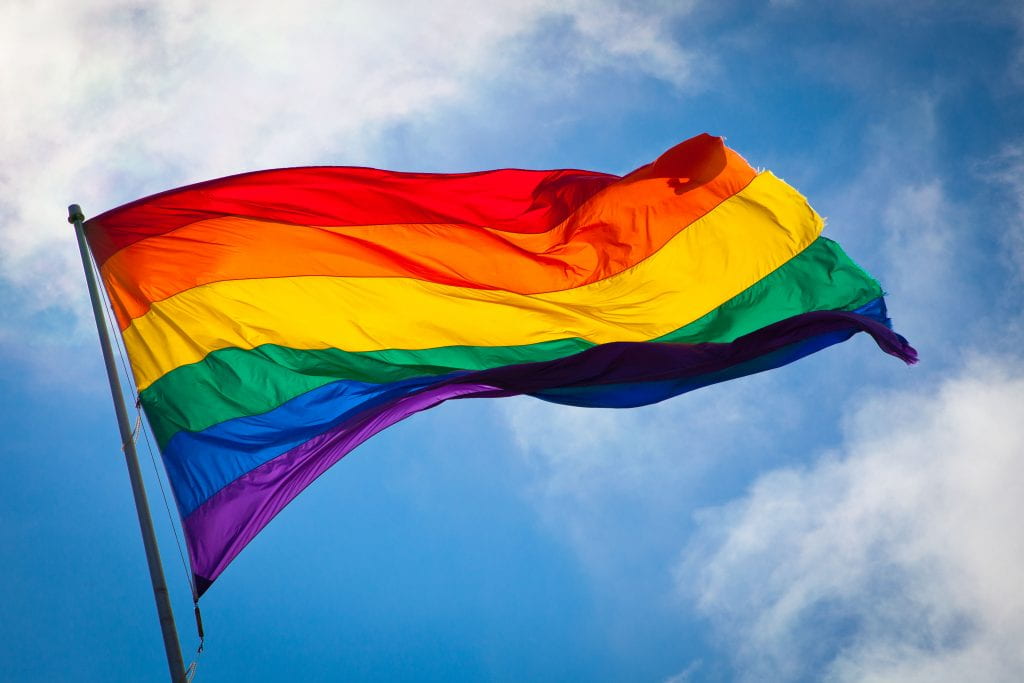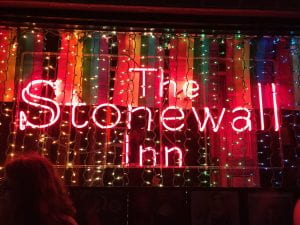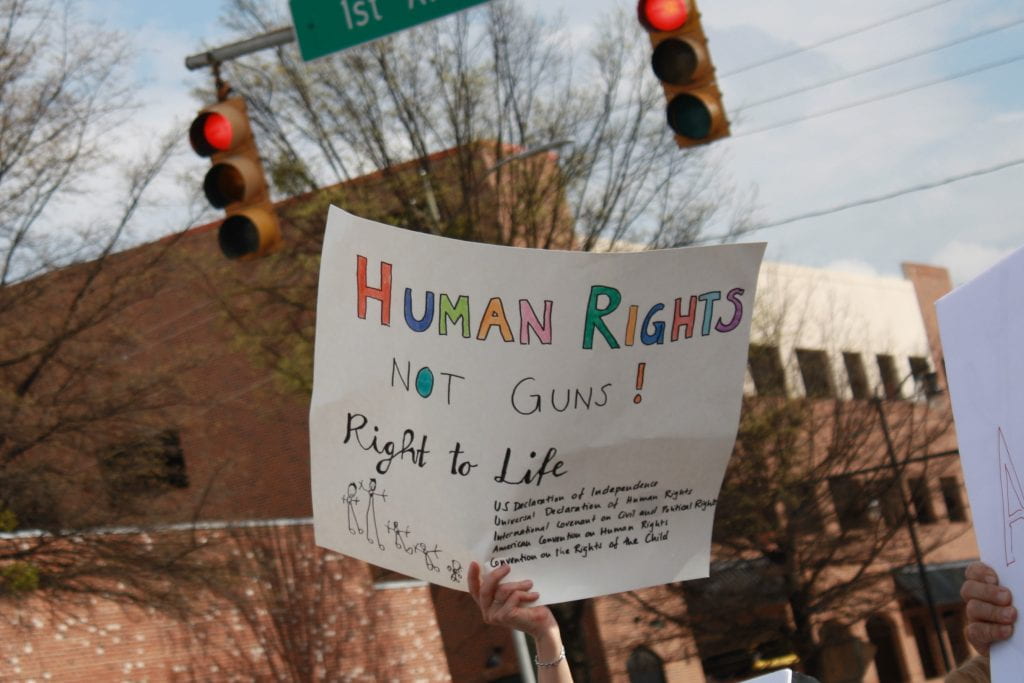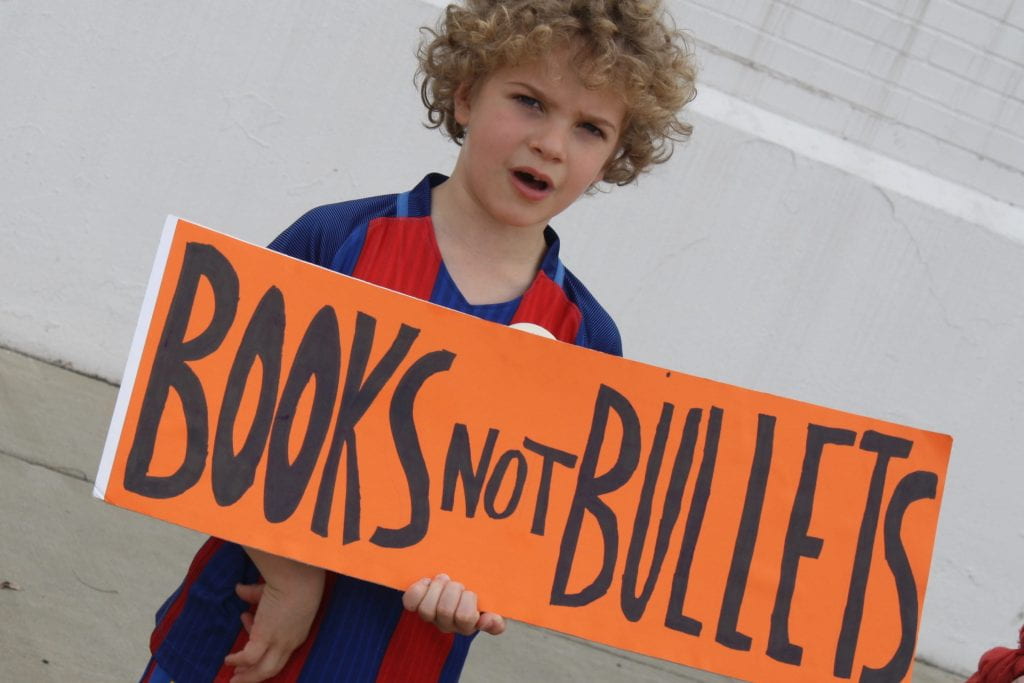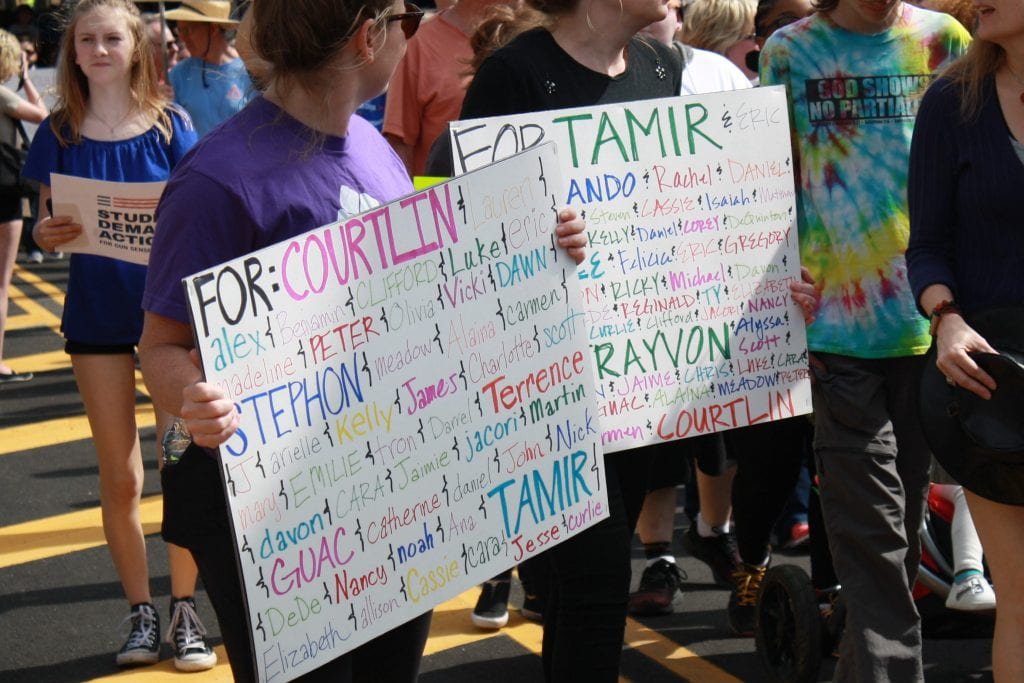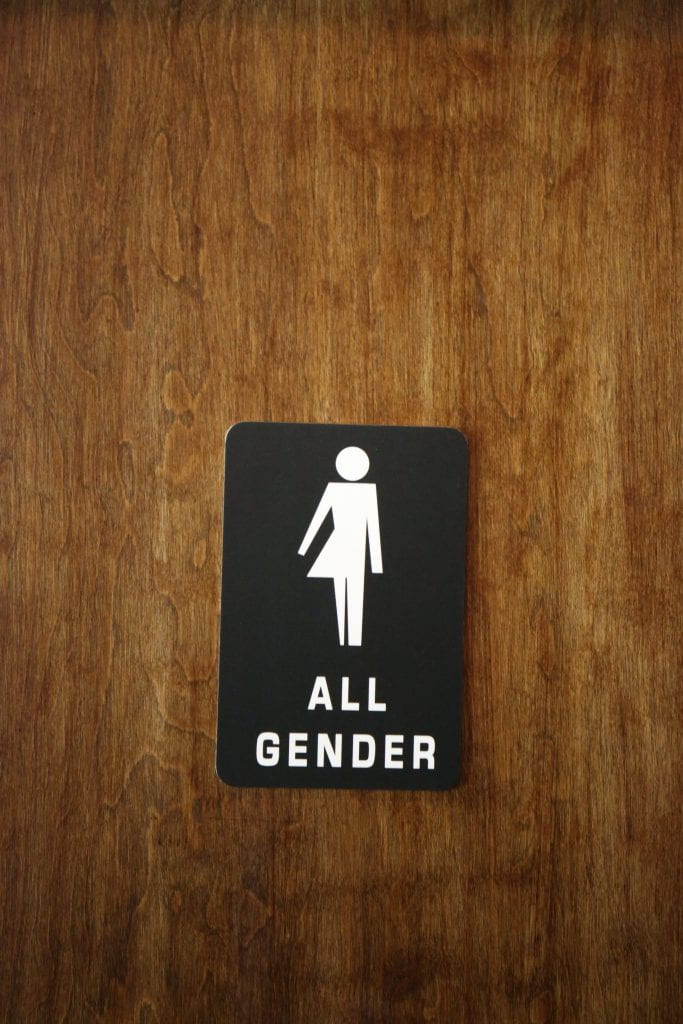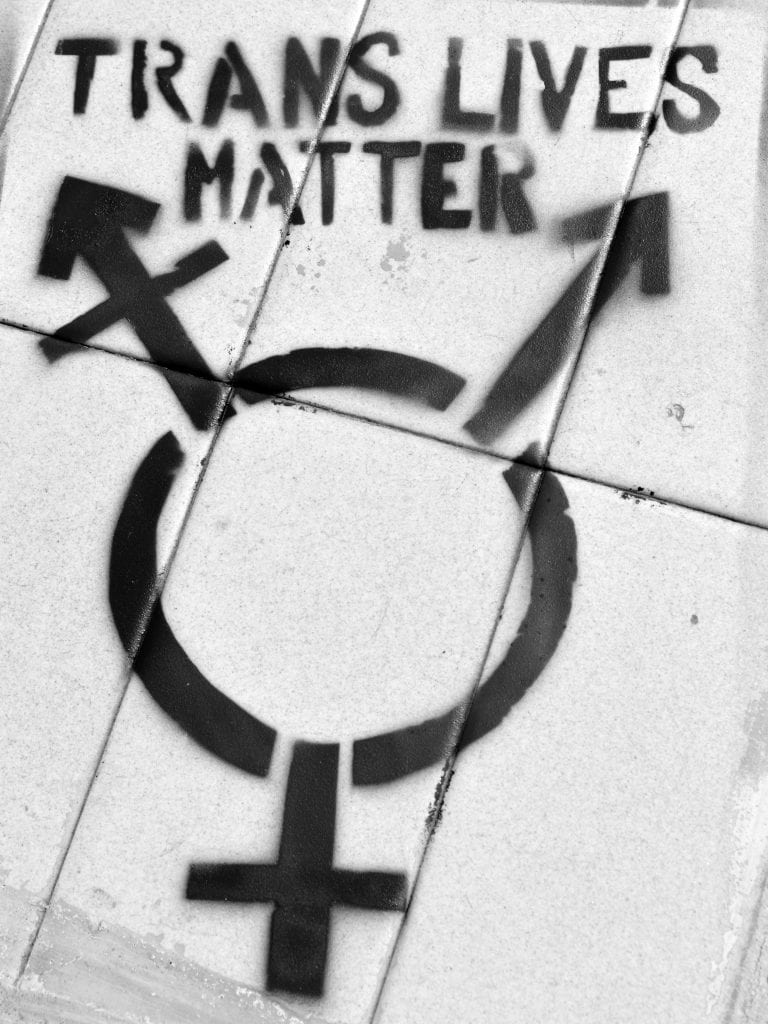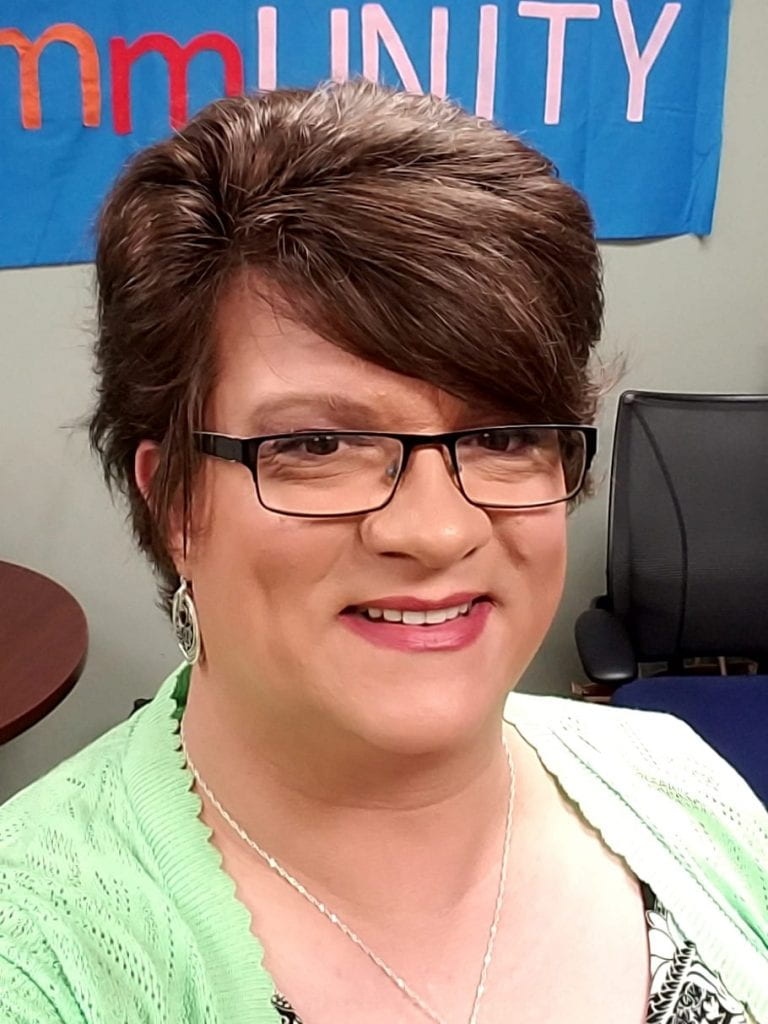
I am a person who is transgender.
Transgender is an umbrella term that includes those that identify on the gender spectrum. It is the term used to describe an individual whose gender identity and expression are different from expected societal norms. Gender identity is the personal sense of one’s own gender, and for the majority, it correlates to the sex assigned at birth. Gender expression is a person’s behavior, mannerisms, interests, and appearance that are associated with gender in a particular cultural context. The social normative gender spectrum in most western cultures has been for centuries, binary: male and female. The basis of this binary was the presence of sexual organs at birth. When I was born, the doctor, based upon the presence of a penis, assigned me male at birth, in accordance with the binary gender spectrum. However, internally I was female.
I identify as female. As a transwoman, I continually fight a battle against erasure of my life and existence. Since transitioning I have suffered erasure by losing a career of 23 years, health insurance that will not cover medically necessary treatments, been refused treatment by medical professionals, and the state will not acknowledge my identity.
To live my life, I had to do this without acceptance from others including family and friends. I did not live on the streets because I remained hidden. I understood from growing up with my deeply religious grandparents that if I were different—my true self, I would be disowned. I made many poor choices, started drinking at age 11 and dealt with anger issues up until I got ordered to anger management counseling by the United States Marine Corps (USMC). It must have been bad for the USMC to think I was too angry to deploy. I grew up before access to the internet (no old jokes), and I had no names for what I knew about myself, so like many I suffered in silence until I figured it out much later in life. I want to make it better for the young transgender and non-binary individuals that are coming out today.
Social-Ecological Factors
Every level of the social-ecological model, from individual or intrapersonal level, all the way up to the societal or structural level in the transgender community fights against identity erasure. Many, including myself, suffer from internal transphobia. Tran individuals encounter internal transphobia as a byproduct of absorbing negative messages about not following the societal norms. Internal transphobia can occur with something as simple as not using the preferred name or pronouns, and/or through the attempt by family members to “correct” the behavior through abusive methods. For example, if society continued to identity Caitlyn Jenner as Bruce Jenner, then society contributes to the manifestation of internal transphobia she might seek to overcome. Additionally, by not employing gender pronouns like he/him: female transitioning to male (FTM), or she/her: male transitioning to female (MTF), and encouraging abusive practices like conversion therapy or berating about dating/sleeping with members of the opposite sex, society infringes upon the rights of Trans individuals to dignity and personhood.
The feelings associated with internal transphobia are the result of many years of discrimination, rejection, and ignorance about the rejection of gender norms. Depression can result in dangerous behavior. At the interpersonal level, family and friends reject many trans folk when they come out as transgender or gender non-conforming, mainly due to the preconceived notion of a binary gender system. The rejection becomes isolating and often leads to homelessness. In addition, some receive abuse from programs designed to rid individuals of these kinds of thoughts. The non-conformance to traditional gender norms of male and female can lead many to demonize transgender people who are out and trying to live their life. As a marginalized community, members of the transgender population are subjected to violence, harassment, discrimination, and vilification by society as a whole. The National Center for Transgender Equality (2011) survey found that those individuals that are gender non-conforming in grades K-12 were 78% more likely to be harassed, while 35% report surviving assaults. The current situation in the U.S. in regards to which bathroom transgender individuals should use leads to increase harassment. Transgender people are viewed as perverts, and being attacked for wanting to pee in peace. These types of attacks create high levels of anxiety, depression, and isolation.
The constant threat of discovery lead many to remain in hiding, leading to increased suicidal ideology. For example, the Transgender population suffers from an abnormally high suicide rate of 41% compared to 1.6% of the general population in the US. The murder rate of transgender continues to climb each year here in the US. Since 2013, an average of 25 trans women have been murdered, and there have been 18 killed this year. According to Bauer et al., a high social support network showed a 48% decrease in suicide ideation and of those with ideation, 82% decrease in attempts of suicide. The population suffers from many forms of social exclusion, and one of the main determinates is that this population is rarely counted; thereby, resulting in the marginalization of the transgender population.
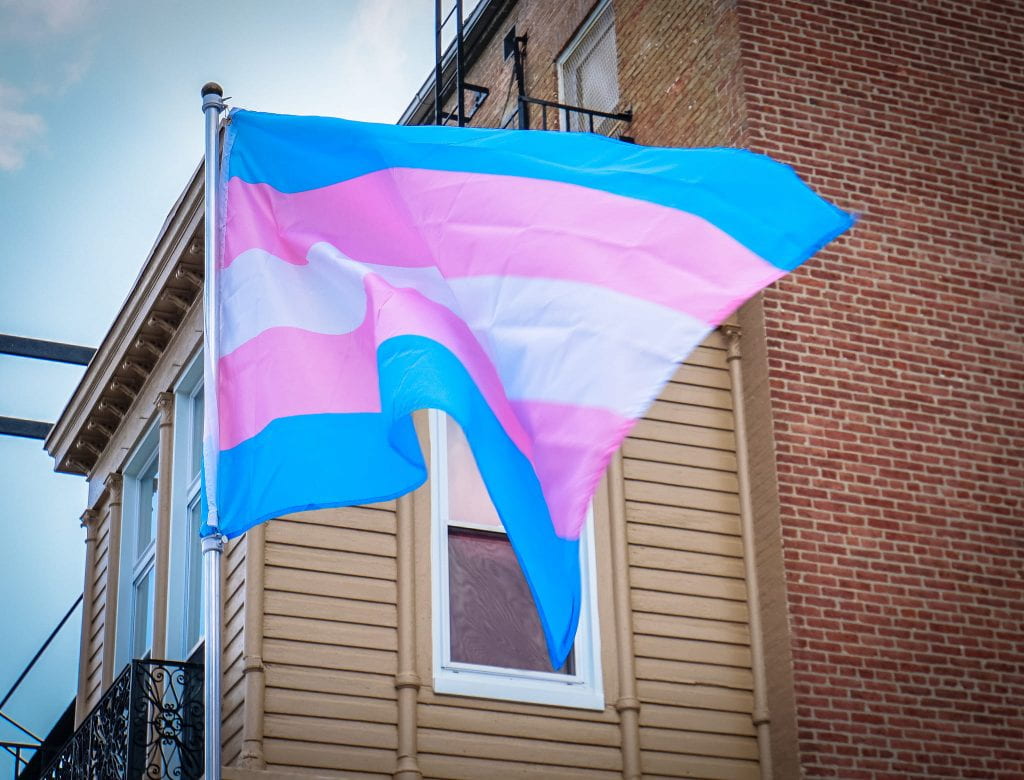
At the societal level, this population is highly marginalized, even within the LGB community and the “T” not well represented. Due to fear, many of those who identify as transgender, are unable or unwilling to make their voice heard. This discriminatory practice reinforces an individual’s ability to care for one’s self. Few policies provide protection for, and individuals gender identity or expression. The lack of protections at the local, and state level allows discriminatory practices to continue, contributing to the overall marginalization of the transgender community. The use of conversion therapy to cure this non-compliance with gender norms is only illegal a few states and the District of Columbia.
The current data suggests there are about 1.4 million adults within the US that identify as transgender. This estimate is double the widely used previous estimate, and many organizations believe this number remains far too low. The lack of research and information on transgender issues is a direct result of this form of social exclusion and leads to incorrect assumptions about the population. Individuals suffer from social exclusion by losing family and friends when they “come out,” or being bullied at school, work, or on social media sites because they are different and challenge the gender norms. Most Trans folk keep their identity private due to discrimination and harassment. Ninety percent of Trans adults report experiencing attacks or discrimination because of their identity. In the workplace, 47% of Trans folk are fired, denied a promotion, or not hired. I lost my career of 23 years when I transitioned.
I lost my job as a fire department captain/paramedic. When I began my transition I believe that my history of good performance and exceptional results over the years of service would provide a buffer for any negative concerns that were raised. However, this was not the case and upon my coming out to the fire chief and deputy fire chief it was clear they did not wish to continue my service to the community. Things were rocky, but the mayor and personnel director had taking my side in the arguments that developed. But, to my dismay the chief had work with the city council and gathered enough votes to begin my termination. I had 23 years in public safety and two more years till retirement. Due to the lack of protects for transgender workers, there were not many options available at the time. However, I had returned to school to build my education, fearing that this might happen I wanted to be prepared.
Despite the setbacks, I have accomplished what many transgender individuals are unable to do. I returned to school, completed my undergraduate and graduate coursework, and graduated with a Master’s in Public Health. Now, I work at UAB which has been accepting and minus a few speed bumps been inclusive of my gender expression/gender identity. I hope to make a difference in the local transgender community here in Alabama by starting the conversation and showing that Tran men and women positively contribute to society and only want to live their lives just like everyone else. So please come join the conversation with UAB’s Institute for Human Rights and Department of English as they present “A Human Rights Approach to Transgender Issues.”
I am just a woman trying to leave a better place than what I found and live my life authentically.
